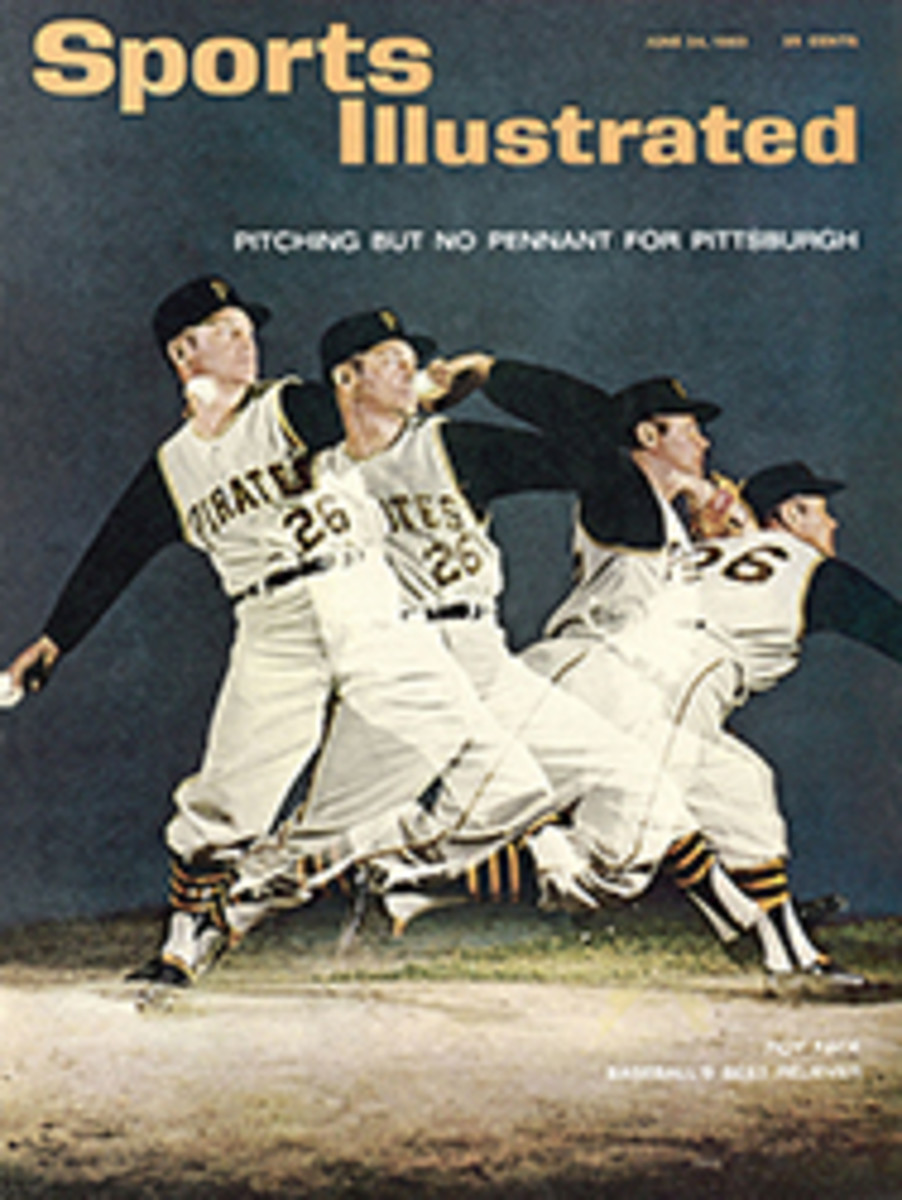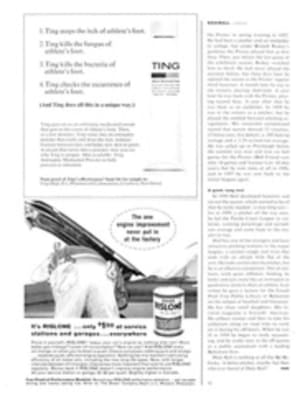
He Rowed the Wrong Way to Win
In June 1939 Joe Burk, a 25-year-old apple farmer with a unique rowing style, went to England to defend his Diamond Sculls championship in the Henley Royal Regatta. Before leaving the U.S. the determined and square-jawed Burk had promised Christy Walsh, sports director of the New York World's Fair, that he would bring back the famed Diamond Sculls trophy to display at the Fair's Academy of Sports.
It seemed at the time as if Burk would have no trouble making good on his promise. When he had won the trophy—considered the world's single sculling championship—the year before, he had set a record of eight minutes and two seconds. This broke the 33-year-old mark for the mile-and-five-sixteenths race by eight seconds, and established Burk as the world's best sculler.
Because of his unorthodox style, the American newspapers nicknamed Burk the "rowing robot." A perfectionist and always in superb condition, the lean (6 feet 2½ inches and 195 pounds) and well-muscled Burk usually maintained a continuous 40-stroke-per-minute beat throughout an entire race. This was nearly 10 more strokes than the traditional style of sculling. Burk also remained erect while rowing, virtually eliminating the layback (orthodox scullers lean back when stroking). Burk relied mainly on his powerful arms and legs.
After three preliminary heats on successive days, with Burk winning his trials easily, the finals of the Diamond Sculls began on Saturday, July 8, during a light, chilly rain and strong headwinds. The race was rowed upstream on the Thames, and the current was stronger than usual because of the heavy rains that year.
Burk's opponent in the final race was R. Verey, a finely conditioned athlete from Poland. Verey went into a two-length lead at the start of the race and held this advantage until the quarter-mile mark. Then Burk, stroking at 40, chopped Verey's lead down to a length and a quarter at the half-mile post.
"I was creeping up on him," says Burk, "when I suddenly crashed into the wooden booms that line the course from start to finish." The impact of the unexpected collision swung the fragile scull around and almost tossed the startled Burk into the Thames.
"I wasn't paying much attention to my steering," says Burk, "and on that narrow course [about 80 feet in width] headwinds can cause a disastrous mistake. The collision cost me about three lengths. My shell was intact, and I still had a chance to overtake Verey, but by this time he really was opening a lead on me. However, I was only a length behind him at the three-quarter-mile mark, when I started to tire fast. I guess I had overextended myself after the collision. If Verey saw how tired I was, he would have stroked harder to push me to total exhaustion. But I thought I could outwit him by faking it when I rowed past him."
As Burk caught up to Verey, he looked over at him and smiled. Then he quickly turned his face away and stroked past the Polish sculler. It worked—at least temporarily—as Verey lost a length over the next 100 yards and finally, with a quarter mile to go, was almost 2½ lengths behind Burk.
At that point, Verey's coach, pedaling alongside of the river on a bicycle, noticed Burk's fatigue, and shouted loudly to Verey to row harder. Pulling up his strokes, Verey slowly and steadily began to close the gap between the two sculls.
Burk held on somehow, losing power all the while, and, with Verey drawing closer and closer, went over the finish line the winner by a length and a quarter.
"If the race had been just a little bit longer, and Verey had kept his fast pace up, he would have passed me," says Burk. "I was exhausted."
Although no one knew it at the time, Joe Burk had brought the Diamond Sculls trophy back to the U.S. for a seven-year stay. With World War II intervening, the 1939 race was the last one to be held until 1946.

